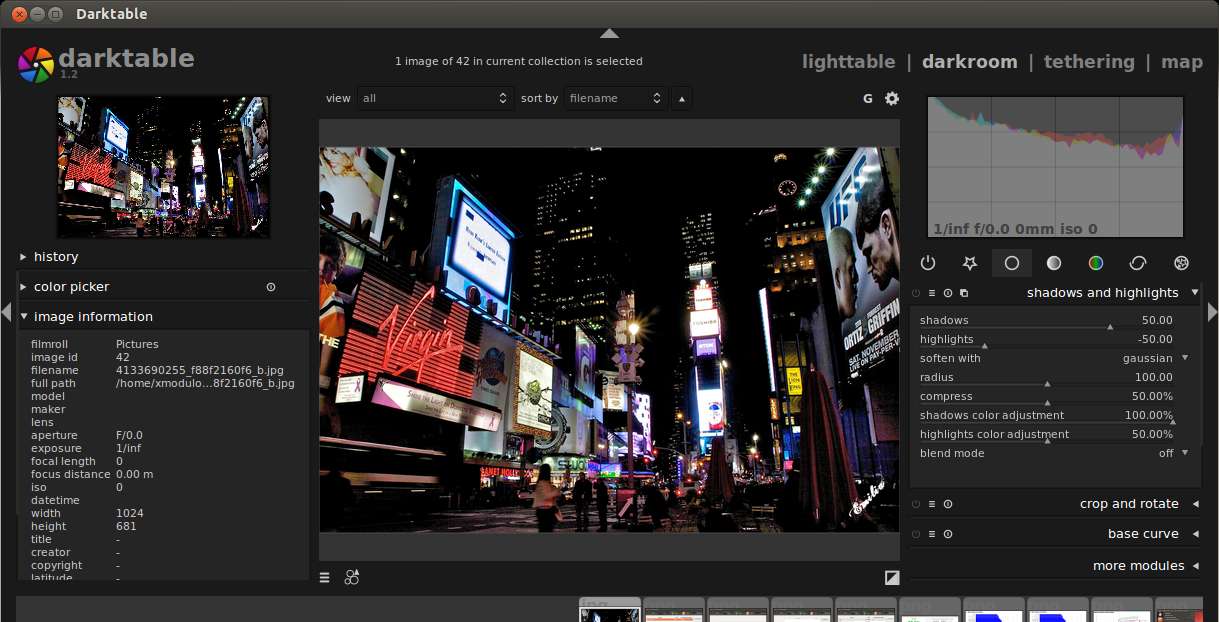
– Create virtual folders (folders where all files matching certain search criteria are shown, i.e. – Indexed search for file types and modification dates – Indexed search in the whole file system for file contents – Indexed search in the whole file system for file names With the Nepomuk semantic desktop enabled, you will be able to do the following kind of things: And to be able to search for them afterwards using the meta-data and content. Now imagine to be able to do this to any kind of file, be it a text-file, video-file, or whatever. You probably know this from the ID3-tags of mp3 files, where information like artist, album, year and some tags can be stored independently of the filename. Although there is no strict specification what a semantic desktop should be like, there is one main feature: Assigning meta-data to any kind of file. But I gave it a try, and really, it’s not that bad. Semantic Desktop…to me it sounded more like something that I want to keep as far away aspossible from my desktop. Nepomuk stands for“Networked Environment for Personal, Ontology-based Management of Unified Knowledge” and is the specification of a semantic desktop. – Work frequently on different computers and operating systems (because the KDE Nepomuk database is not transferrable to Microsoft Windows) – Feel completely satisfied organising your hard drive by files and folders – Have large documents or papers where you want to rate them and remember the important parts. – Want to store more information to files you downloaded.
Digikam face metadata download#
– Download lots of files from the internet where you need to remember the download-URL (i.e. – Want to perform indexed searches for file contents over all files on your hard drive. – Work with more files distributed in different folders over your hard drive and you don’t want to have so many file manager tabs opened. – Keep different versions of the same file or folder on your hard drive and you want to have information available which specifies them. who is on a picture, which one was good etc.). – Have large collections of pictures and/or music and you want to get information of the files without opening it (i.e. – Have large collections of pictures and/or music and you want to perform searches among them. – Think that organising your files only with subdirectories and filenames is not informative and efficient enough. Nepomuk uses this common ways too, but extends it with more ways to describe a file, so it is easier to locate it and to get more information than just the filename from it. To look at its content, usually it has to be opened. Otherwise, a filename or file content search is performed to locate the file. The common way to open a file is to change into its directory and open it by filename, if the filename and its directory is known.

Usually, data on the hard disk is organised by their file names and directory structure. So everyone who experienced problems should give it a try.ģ.4) Krunner 1) What is Nepomuk and Nepomuk-KDE?


KDE shipped version 4.8.1, containing performance improvements and bugfixes for Nepomuk and applications using Nepomuk.
Digikam face metadata pdf#
You can download a PDF version of this manual here:

It is also far from complete, so any information (about mistakes, additional topics,…) is HIGHLY APPRECIATED 🙂 It is intended for understanding and using Nepomuk, in combination with Dolphin, digiKam, Gwenview and Krunner, but no development topic is covered.
Digikam face metadata update#
Howto: Manage your file collection using KDE 4.7 and the Nepomuk-FrameworkĪs an addition to this article, there is an update now about the changes since KDE 4.7, using KDE 4.11 as reference version:īecause I wasn’t able to find a complete KDE-Nepomuk documentation or howto, where everything important for the user is covered (from the installation to the search queries, with all the caveats), I decided to write one myself.


 0 kommentar(er)
0 kommentar(er)
